|
Good morning on Tuesday 9th March. Today's news in Italy focuses almost entirely around the Coronavirus pandemic; a marked contrast from the UK where a little story about a couple of ex-royals and their struggles through life has taken centre stage.
Yesterday in Italy there were 13,902 new cases of Covid-19; that's a big drop on the day before (20,765) but largely attributable to the "weekend lag" in reporting. The numbers typically spike up again on a Tuesday so we should expect to see something around the twenty thousand mark again later. I sincerely hope I'm wrong and that it's lower, but I don't want to build too much excitement only to have the bubble burst. A grim milestone of 100,000 Covid-related deaths was reached yesterday and prompted comments from Italy's leaders to speed up the vaccination program. A report in the Corriere della Sera outlines a plan for 60 million Italians to be vaccinated by the end of June with at least a first dose. In order to achieve that target, the vaccination programme will need to eclipse its current output but there do seem to be some more positive noises surrounding supply lines. The Moderna vaccine will soon be delivered and in use alongside the Pfizer and Astra Zeneca jabs while it also looks as though the single-jab Janssen/Johnson and Johnson product will be approved for use in the EU later this week. In addition, Italy will be the first EU country to produce the Russian Sputnik vaccine although approval and delivery of that are not expected until later in the year. On to the weather and the country is divided into three today with a sunny but cold north, a rain-affected centre and a sunny south. Temperatures today will range from a chilly 6° Celsius in Trento to a much more agreeable 16° C in Palermo. Continuing our Italian odyssey, we're going to head south today towards the region of Basilicata. Referring to that very useful analogy of Italy as the shape of a boot, Basilicata occupies the area of the instep. It shares a border with Puglia to its north and east, Campania to its west and Calabria to its south. To the west it has a tiny section of coastline on the Tyrrhenian Sea while to its east it has a larger section on the Ionian Sea. If you ever wanted to do some research on the region you could do worse than watch the film: Basilicata Coast to Coast (2010) where a ragtag group of friends decide to cross the region on foot, starting at Maratea on the Tyrrhenian Coast and ending up in Scanzano on the Ionian. The first of those resorts: Maratea, is a beautiful town which is almost three-pronged: it has a lovely little marina area, a charming centro storico (historic centre) a few kilometres inland and the gigantic Redentore (Statue of Christ the Redeemer) looking down on it all from a mountain top. To reach the statue requires an act of pilgrimage on foot or a slightly-less demanding but by no means insignificant approach by car. On the way up, you lose count of the hairpin bends as you snake your way to the summit, before being faced with an horrendous-looking stretch of road which seems to balance precariously in the sky. Basilicata's major attraction is the city of Matera. Now the capital of one of the region's two provinces, Matera is one of the world's oldest, continuously-inhabited cities with a settlement there reportedly as far back as the Troglodyte period in the tenth century BC. The city was an impoverished backwater until relatively recently when it received two huge boosts to its tourism. The first of those was in 1993 when it was named as a UNESCO World Heritage Site under the heading "The Sassi and the Park of the Rupestrian Churches of Matera". The sassi (the singular form is sasso which means rock/stone/crag in English) are the two districts of cave dwellings while the word "rupestrian" relates to work (usually art) created in caves and in this case refers to some of Matera's churches which are located in grottoes. The region as a whole really does give one a feeling of stepping back in time, perhaps even more so than other historic parts of the country, because that history goes back a bit further here. That feeling is only heightened by the fact that Basilicata has been relatively untouched by modernity when compared to its neighbours, particularly in terms of the development of tourism. There are many other places in Basilicata where that sense of time standing still is tangible; none more so than the "ghost town" of Craco, which along with Matera (and this its second big tourism boost), featured as a backdrop for the 2004 Mel Gibson film: The Passion of the Christ. Though it does have the aforementioned coastlines, and much as the town of Maratea merits a visit, it really is the hilly, mysterious interior of Basilicata which provides its greatest lure. That sense of history is ever-present, even in the strangeness of the rock formations in somewhere like the Gallipoli Cognato Piccole Dolomiti Regional Park where villages such as Pietrapertosa and Castelmezzano seem to cling for dear life on cliff-edges. With the popularity of Matera and nearby Alberobello in the region of Puglia, Basilicata is starting to be discovered by more and more people but it would be a shame if it was ever to lose its historical mystique. I'll leave you with a few images of Basilicata for now and I'll be back with another blog tomorrow. For those of you following on Facebook; I've decided not to post the daily Coronavirus figures there each evening, so as not to take away attention from the blog itself. Instead, that early evening statistical bulletin will be posted on the website and also on the Italy Review Twitter page. Let's hope for a nice, low number later and I wish you all a wonderful day in the meantime. Comments are closed.
|
AuthorMy name is Dion Protani, founder of Italy Review. The Italy Review blog is designed to provide ideas and inspiration to visit places in Italy you might not have heard about, as well those you have. Archives
December 2023
Categories |
- Home
-
Must See Italy
-
Cities of Italy
>
-
Towns and Villages of Italy
>
- Hill Towns of Italy >
- Historic Towns of Italy >
- Mountain Towns of Italy >
- Ski Resorts of Italy >
- Colourful Italian Towns >
- Italy's Most Beautiful Villages >
- I Borghi Piu Belli d'Italia >
- Orange Flag Towns of Italy >
- Vineyard Towns of Italy >
- Mural Towns of Italy >
- Spa Towns of Italy >
- Ghost Towns of Italy >
-
Italian Coastal and Lake Resorts
>
-
Italian Islands
>
-
Man-Made Landmarks of Italy
>
-
Natural Landmarks of Italy
>
-
Religious Buildings of Italy
>
-
Cultural Institutions of Italy
>
-
UNESCO World Heritage Sites in Italy
>
- Residences of the Royal House of Savoy >
- Arab-Norman Palermo and the Cathedral Churches of Cefalu and Monreale >
- Early Christian Monuments of Ravenna >
- Longobards in Italy Places of the Power 568 to 774 AD >
- Medici Villas and Gardens in Tuscany >
- Late Baroque Towns of the Val di Noto South Eastern Sicily >
- 18th Century Royal Palace at Caserta with the Park the Aqueduct of Vanvitelli and the San Leucio Complex >
- Venetian Works of Defence Between the 16th and 17th Centuries Stato da Terra Western Stato da Mar >
-
Parks of Italy
>
-
Cities of Italy
>
-
Italy
-
Travel
- Airports of Italy >
- Price List for Italian Airport Transfers >
-
Italy Ferry Routes and Schedules
>
-
Sicily Ferry Routes
>
- Aeolian Islands Ferry Schedules >
- Aegadian Islands Ferry Schedules >
- Pelagie Islands Ferry Schedules >
- Mazara del Vallo Ferry Schedules
- Messina Ferry Schedules
- Milazzo Ferry Schedules
- Palermo Ferry Schedules
- Pantelleria Ferry Schedules
- Pozzallo Ferry Schedules
- Termini Imerese Ferry Schedules
- Ustica Ferry Schedules
- Gulf of Naples Ferry Routes >
- Amalfi Coast Ferry Routes >
- Tyrrhenian Sea Ferry Routes >
- Pontine Islands Ferry Routes >
- Calabria Ferry Routes >
- Tuscan Archipelago Ferry Routes >
- Ligurian Sea Ferry Routes >
- Sardinia Ferry Routes >
- Italian Adriatic Ferry Routes >
- Tremiti Islands Ferry Schedules
- Italy to Albania Ferry Routes
- Italy to Greece Ferry Routes
- Italy to Corsica Ferry Routes
- Italy to Croatia Ferry Routes
- Italy to Spain Ferry Routes
-
Sicily Ferry Routes
>
- Italian Ferry Ports
- Driving in Italy >
- Trains in Italy >
- Buses in Italy
- Trams in Italy
- Taxis in Italy
- Italy Hotels
-
Culture
-
Italian Architectural Styles
>
- Ancient Roman Architecture
- Early Christian Architecture
- Italian Byzantine Architecture
- Italian Romanesque Architecture
- Italian Gothic Architecture
- Italian Renaissance Architecture
- Italian Baroque Architecture
- Italian Neoclassical Architecture
- Liberty Style Architecture
- Italian Fascist Architecture
- Modern Italian Architecture
- Articles >
- Italian History
- Italian Cuisine by Region
- Italian Opening Times
- Film and TV Locations in Italy
-
Italian Architectural Styles
>
SITE SEARCH
If you want to find a page quickly and you're not sure where to look you can use the Site Search box below and it'll point you in the right direction.
YOUR COMPLETE GUIDE TO ITALY
|
Italy Review is an independent guide to Italy, showcasing the very best that the country has to offer. Throughout the four thousand pages of the website you'll find comprehensive tourist information, opinion and original photos.
Alongside the major tourist destinations that you've already heard of, there are thousands of others that may come as a surprise with the intention of the website to provide inspiration for your future trips to the country. The photos and descriptions on the website are all my own work and are the fruit of my extensive travels around the country. I've visited every place that's listed on the website which means I'm able to give useful advice for first-time visitors. You can keep in touch with the latest developments in Italy via my Italy Review Blog for which you'll find links below to the Facebook and Twitter pages. If you'd just like to start your exploration of Italy with some ideas of places to go then I'd recommend starting at the highlighted must see Italy page. Or using the grid to your right you can click a photo to enter the main menus. |
|
THE ITALY REVIEW NETWORK SISTER SITES:
All photos and images on the site that are marked with the © copyright symbol or with the Italy Review series logos are the property of Italy Review and must not be used elsewhere without prior permission. All written content on the website is also the property of Italy Review and its use is strictly limited to this website alone.

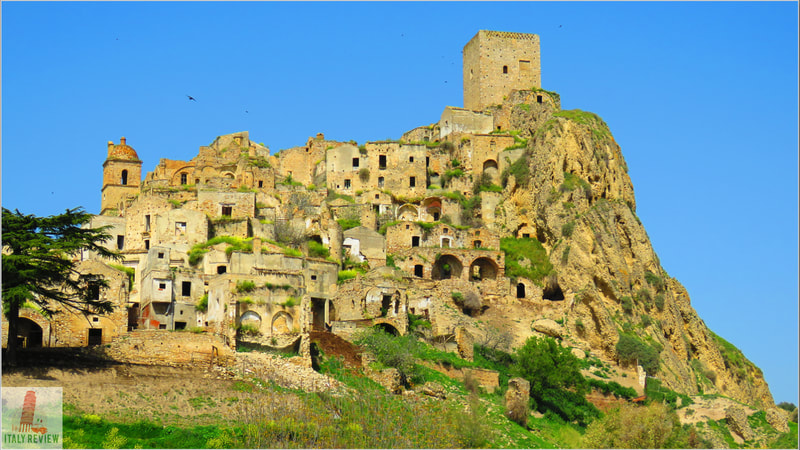
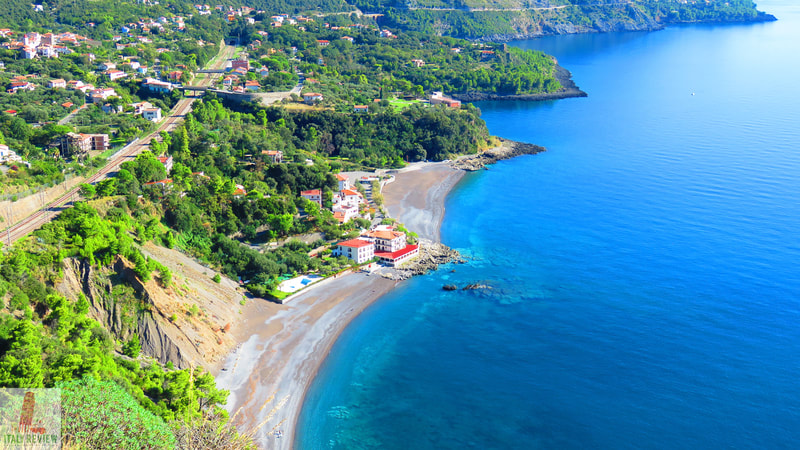
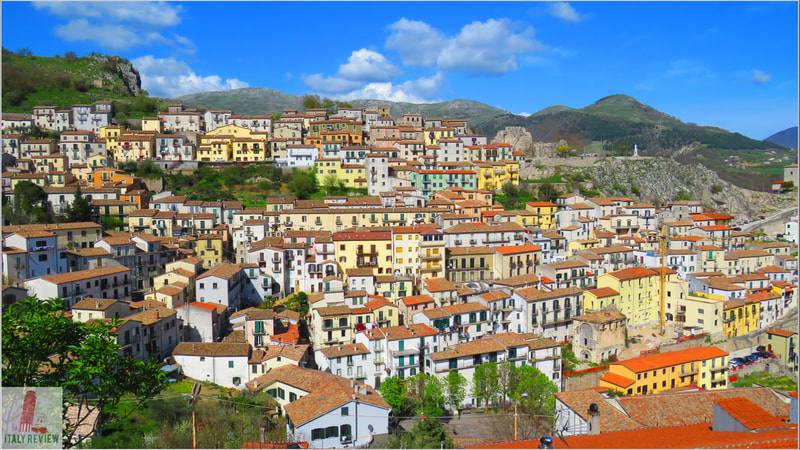
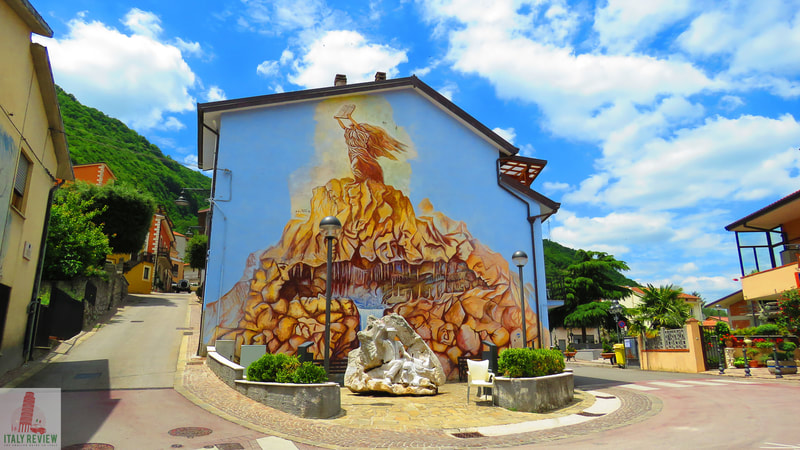
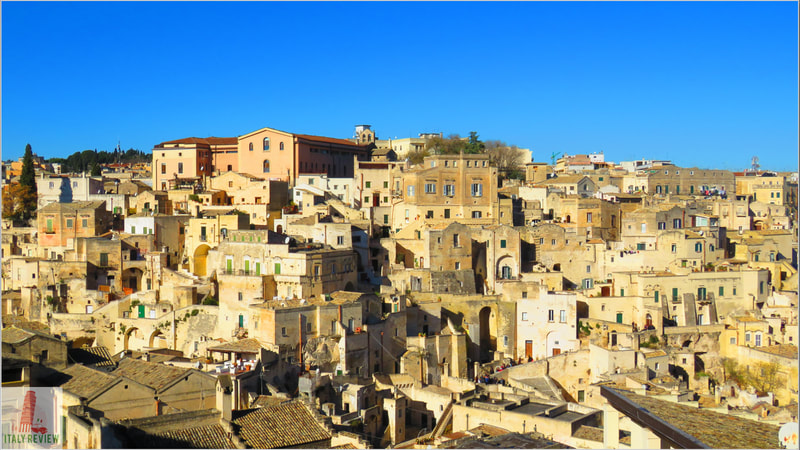
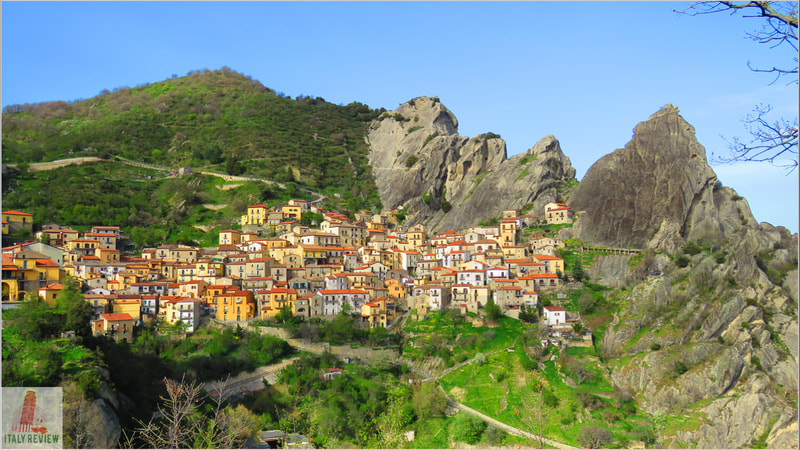

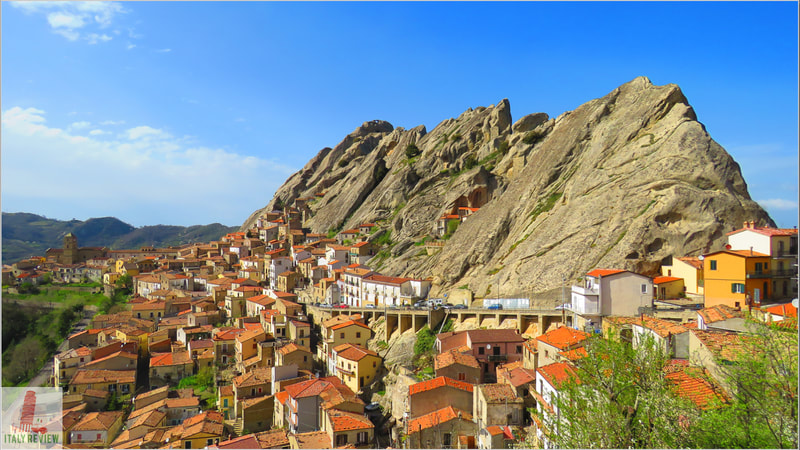
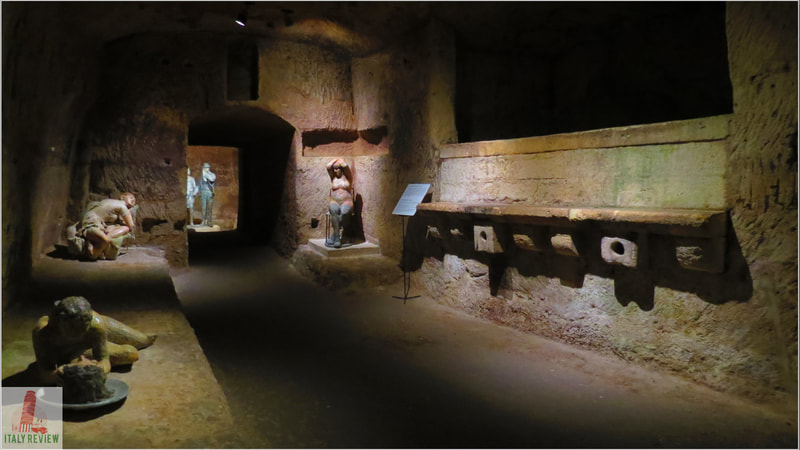

 RSS Feed
RSS Feed




















